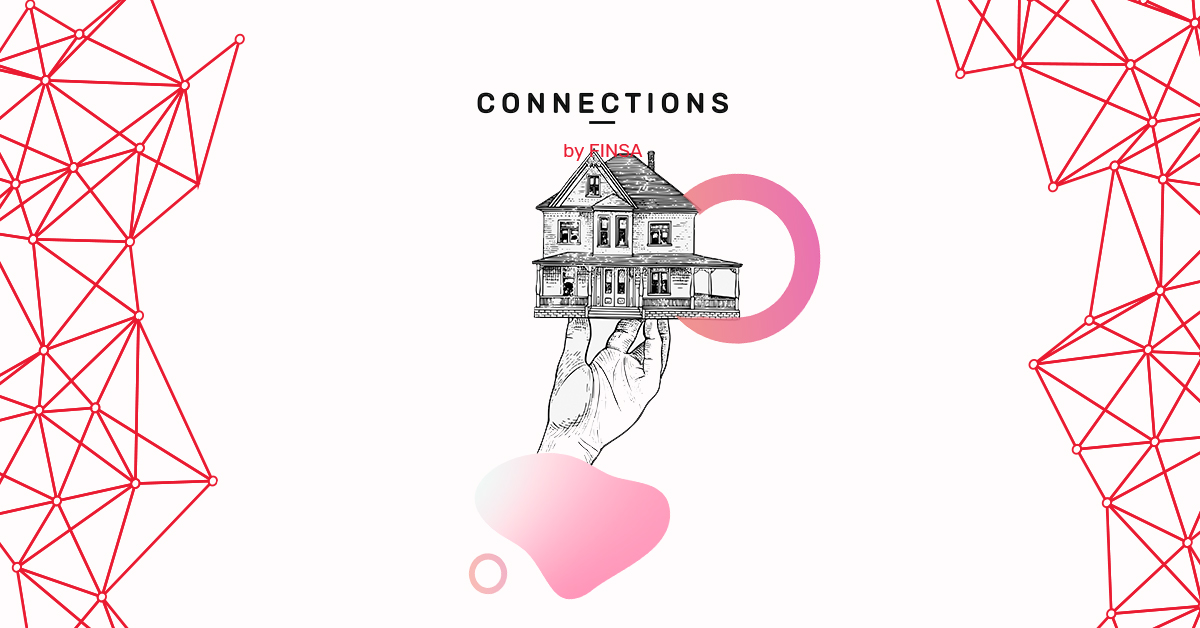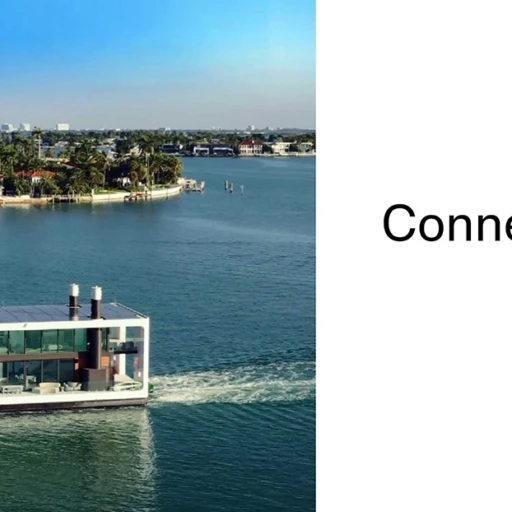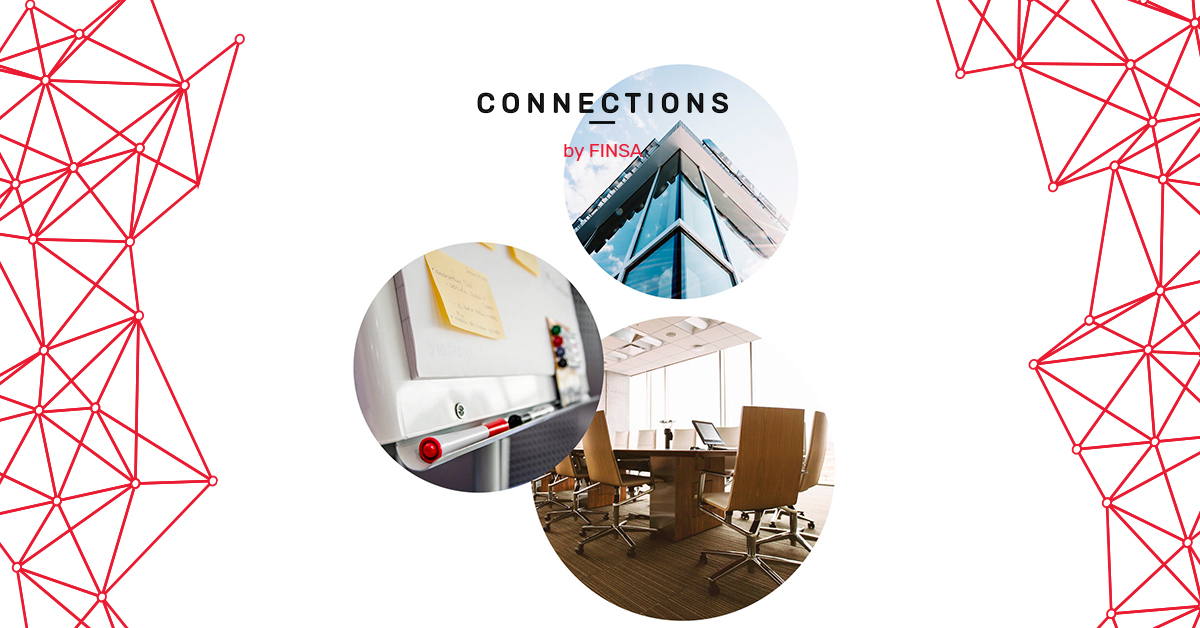Retail must be more than just a showcase to encourage purchasing. In an era of multiple and constant stimuli, we seek environments that make us feel part of something, whether it’s an original way of interacting with our surroundings or belonging to a community. We analyze the keys to social retail, a trend where interior design has much to contribute.
The rise of socialization areas in retail
The pandemic accelerated consumer interest in more personalized experiences, where there is room for interaction with the brand, testing, and ultimately, transcending the simple transaction.
This is achieved through the use of innovative design elements, such as immersive art installations, cozy rest areas, and demonstration zones that connect all the elements – products, space, and consumers – based on gamification strategies and reward systems for participation.
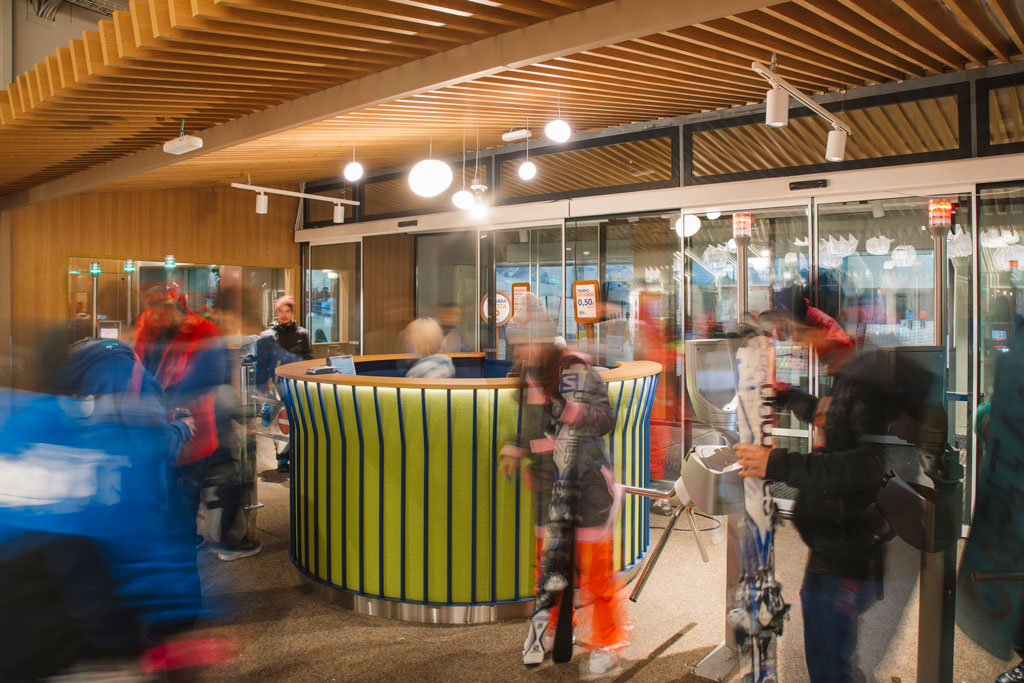
Another important aspect is the integration of technology, as there is no longer a difference between the in-store and digital customer. Immersive activities are often enriched with augmented reality, interactive screens, and digital customization. These tools not only enhance the experience but also offer new ways to present products and tell the brand’s story.
Four examples of social retail
The Xmadrid shopping center, opened in 2019, is based on a model of experiential and connected stores that starts from the movement within the center, using individual mobility vehicles. Users have ramps for testing skating products and areas to interact with the brand and test accessories, all interconnected with the dining section.
Another option offered by Xmadrid’s retail spaces is the chance to surf an endless wave or even take diving and freediving courses. The commercial mix is always in line with this leisure offering, with brands related to surfing, other sports, and motorsports.
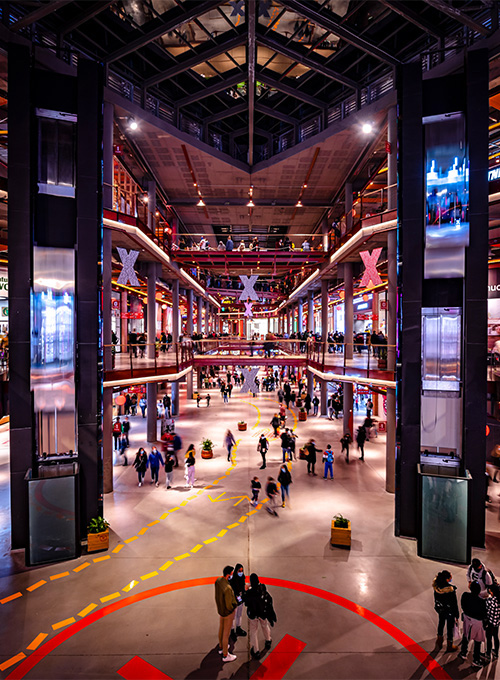
“Optimizing customer experience is key to reaching the next level of growth”. This is how Óscar Maceiras, CEO of Inditex, expressed the importance the company places on social retail.
In recent years, they have implemented various devices to reduce transaction friction and have embraced technology with tools like virtual fitting rooms.
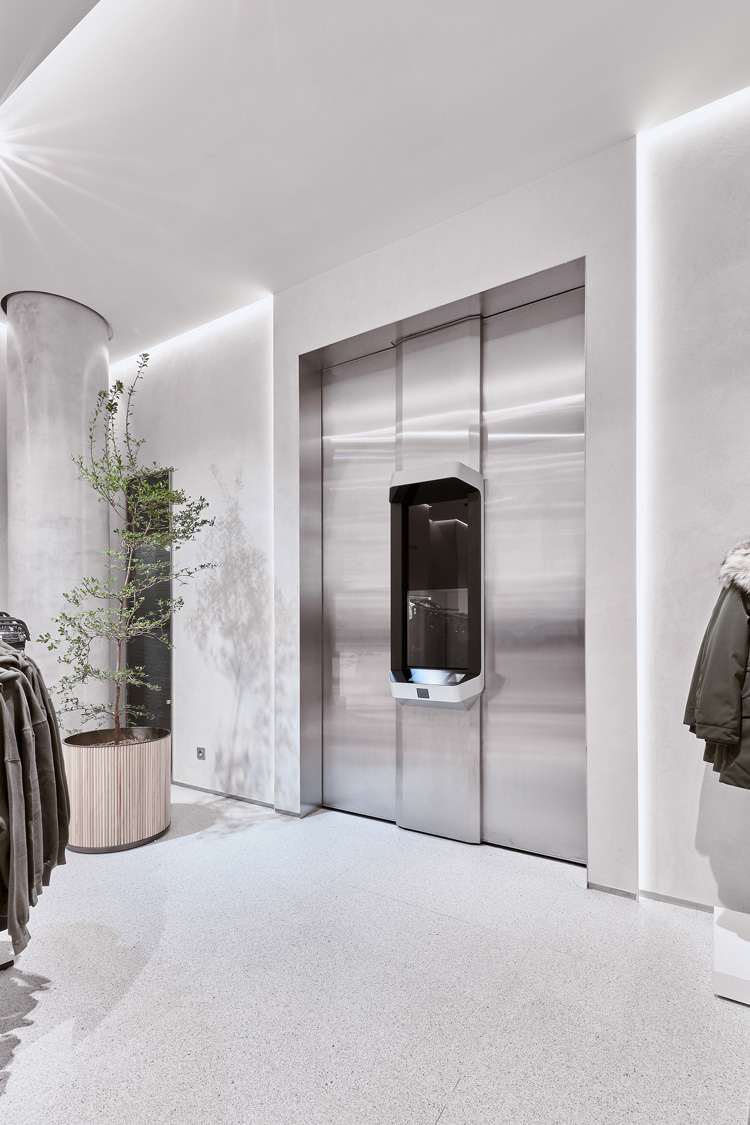 Automated pickup point in an Inditex store
Automated pickup point in an Inditex store
Another clear example of social retail is found in Apple stores. From the beginning, it’s evident that we don’t go there just to buy a tech product. They have become hubs for work, meetings, and conversations – comfortable places made with warm materials and optimal climate control.
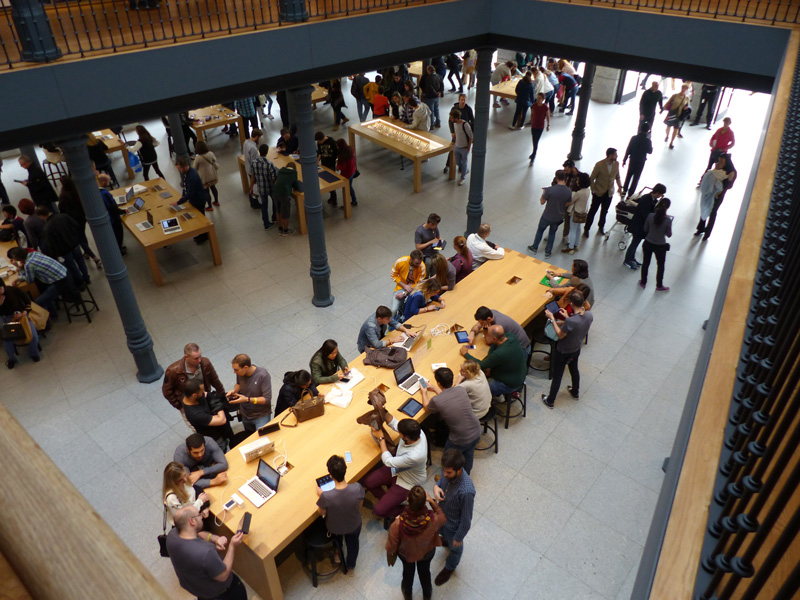
IKEA has also joined this trend through its planning spaces within the classic exhibition route. Here they mix product testing areas with spaces for designing projects with the help of professionals.
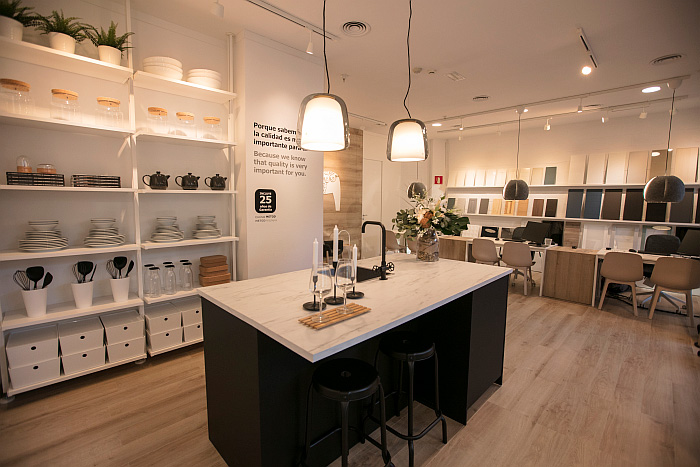
Three tricks to create an experiential environment
- Trust in modular design that allows versatility for any type of use: the type of customer may vary or the type of real estate asset may have changed. For this, rely on flexible and durable furniture that can quickly transform from a rest area to a display stand. Here’s an example from Carrefour.
- Stores are becoming small storage centers for online shopping. This results in larger commercial spaces that can accommodate activities, exhibitions… consider these uses when planning a construction.
- Materials communicate: woods and all materials of natural and recyclable origin have become a “must” for common and interaction areas. They are commonly used in atriums that allow product sales, as a showcase of the brand in the space, or as POFs (points of purchase) through mobile corners.


